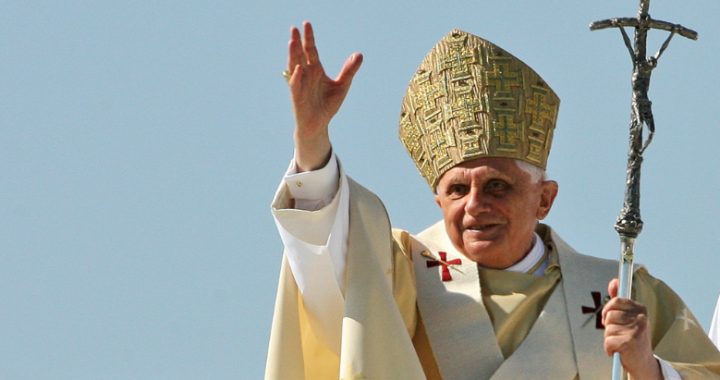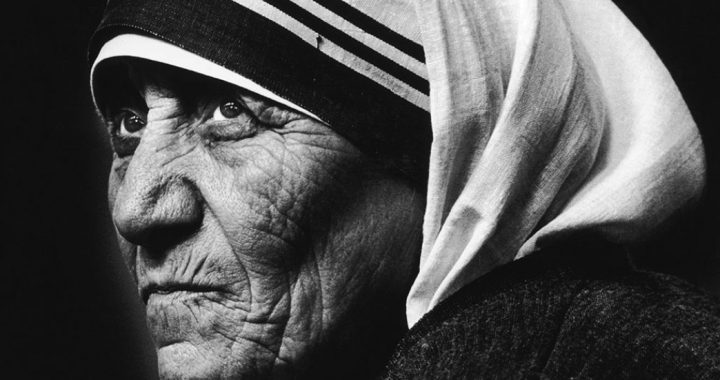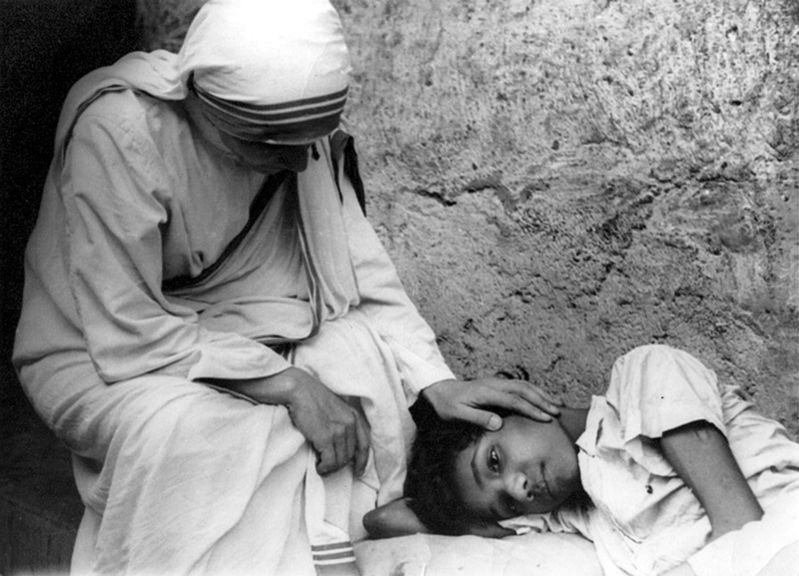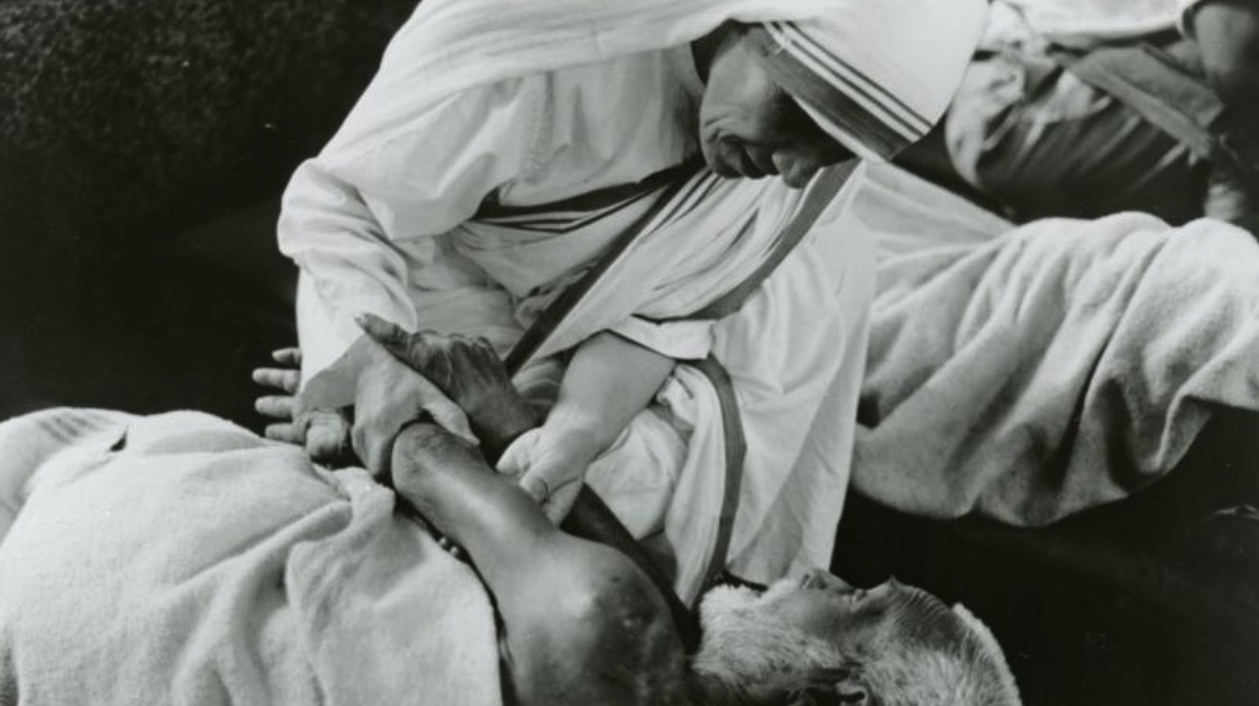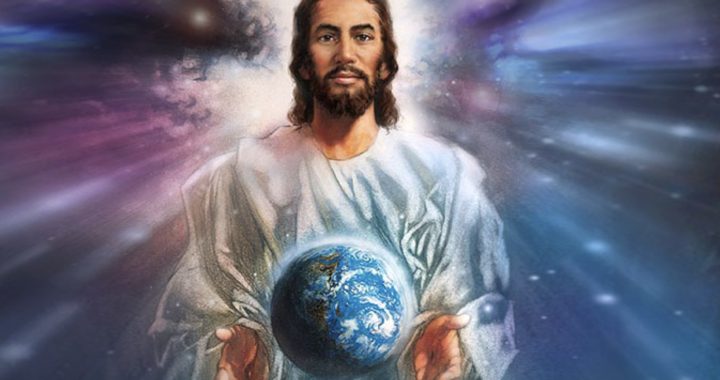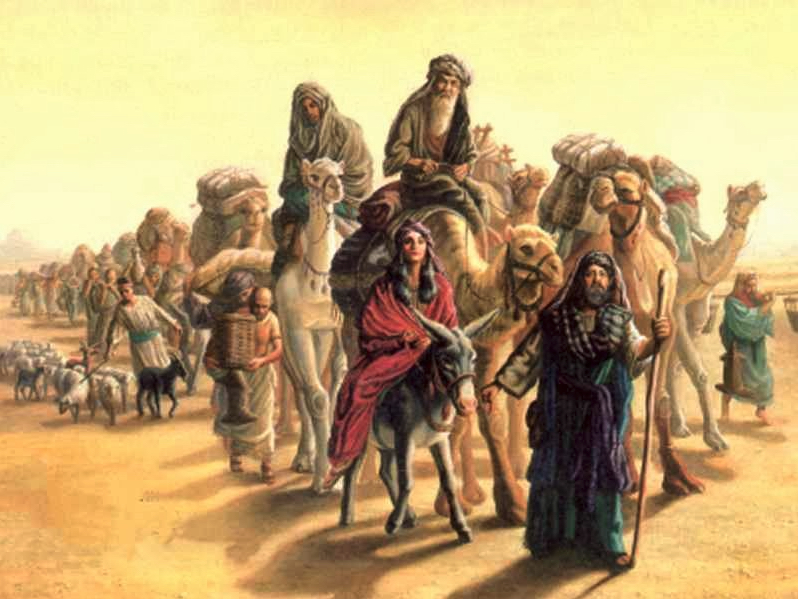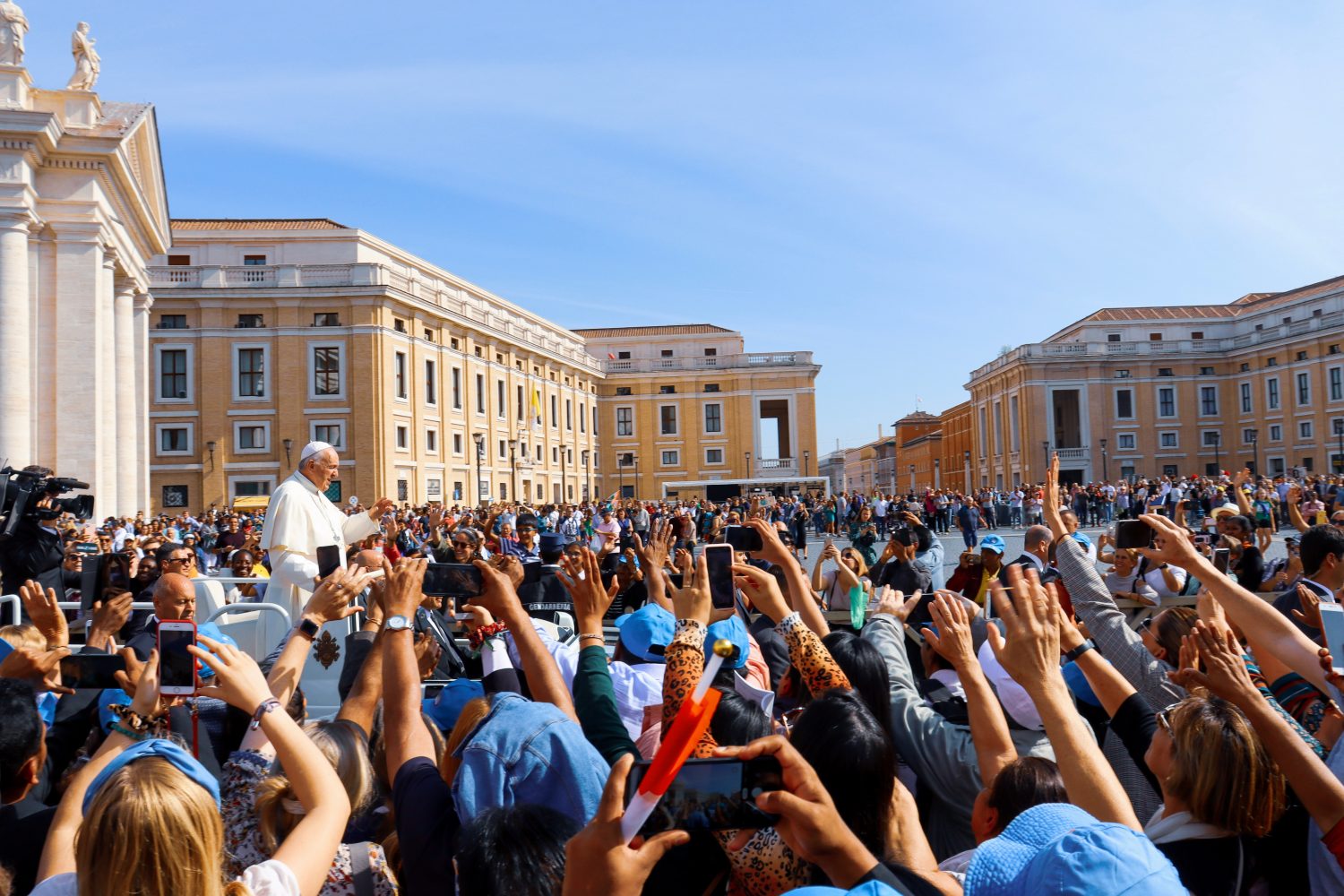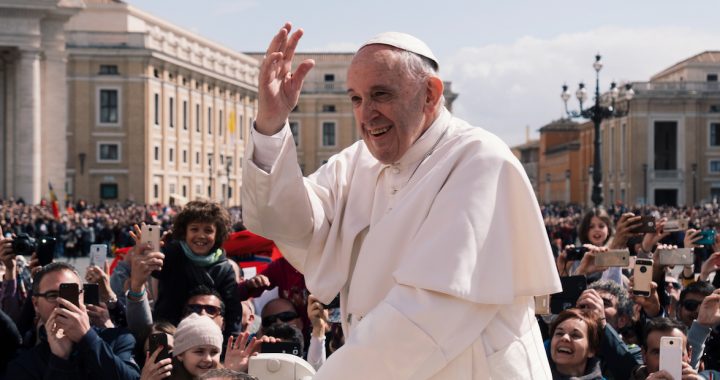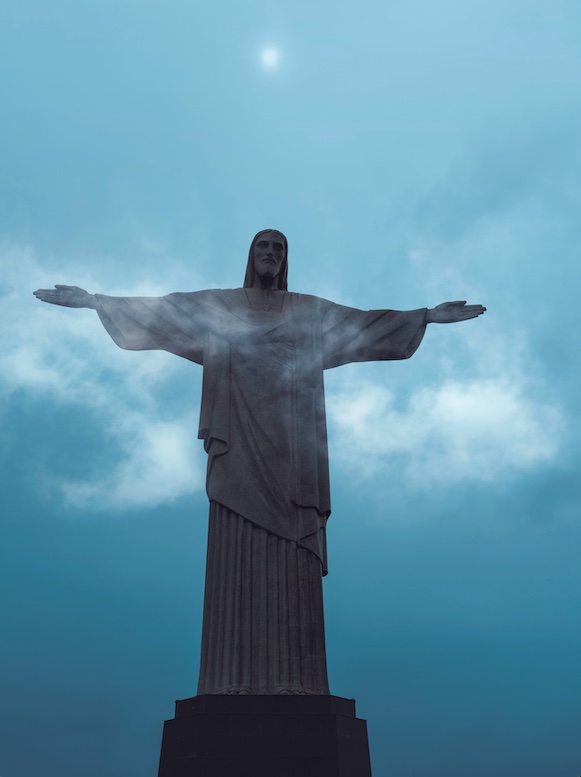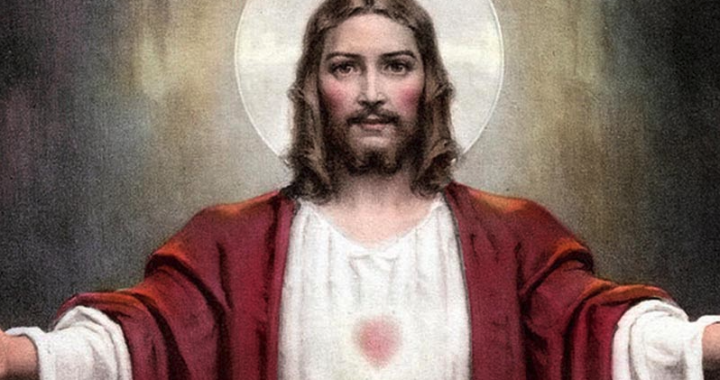The pope who started to reach the peripheries outside of Rome
It has been three months since Pope Emeritus Benedict died in Rome. There are three things, in my opinion, that characterises his life as Pope.
The first, as many have pointed out, is his Christology and the theology associated with it. The influence of his theology has been felt not only in the Catholic Church, but even among adherents of the Orthodox Church and Protestants. Just before his last birthday, a group of Protestant theologians published an anthology of essays discussing his theology. They appear to be thoughtful appraisals.
The second is his resignation which shocked the world and will mark his papacy far into the distant future. He was the fifth pope to abdicate and the first in 600 years, and like Celestine V did so voluntarily without the force of extenuating circumstances. Of course, there has been speculation this was not the case. This, despite Benedict XVI giving his reasons for stepping down: “After having repeatedly examined my conscience before God, I have come to the certainty that my strengths, due to an advanced age, are no longer suited to an adequate exercise of the Petrine ministry.”
The third, is that he was placed between two Popes whose reigns involve major events within and without the Church. Pope John Paul II is noted for standing up against European communism that eventually fell. Pope Francis is overseeing a structural reform of the Church.
Compared to that Pope Benedict XVI is what the College of Cardinals had hoped for in the 1950s when they elected John XXIII as Pope. Benedict XVI, before and during his papacy, was noted as a shy and reserved man who practised a quiet piety to the status quo. As Joseph Ratzinger and head of the Congregation of the Doctrine of Faith previously, he was a safe choice against an increasingly radical world.
This third is his contribution to the conceptual remodelling of the Church. There are two reasons why this element will be neglected for some time. The first is the reason above and second is that there is an obsessive focus in the secular media on the part Nazism played in the early life of Joseph Ratzinger.
And the energy Church apologists paid to counter this Nazi Pope narrative prevents them from looking at the other interesting aspect of Germany. The country was the homeland to the Reformation in the 1500s, and since the end of the Thirty Years’ War from 1618 to 1648, has had an almost even balance of Protestants and Catholics. Unlike England, which had granted Catholics emancipation, or France, which was stridently secular, Catholics and Protestants in Germany had been interacting with each other regularly by the time Ratzinger was born in 1927.
No Longer Heretics
Protestant and Catholic scholars alike have recognised that Benedict’s theology was very much influenced by the Tubingen School of Protestant theology, even though it was loyal to the concept of papal authority.
Beyond those understandable influences, though, there was also his personal sentiment. As early as 1960, he published his book titled The Meaning of the Christian Brotherhood, where he made this stunning claim:
There is no appropriate category in Catholic thought for the phenomenon of Protestantism today (one could say the same of the relationship to the separated churches of the East). It is obvious that the old category of ‘heresy’ is no longer of any value. Heresy, for Scripture and the early Church, includes the idea of a personal decision against the unity of the Church, and heresy’s characteristic is pertinacia, the obstinacy of him who persists in his own private way. This, however, cannot be regarded as an appropriate description of the spiritual situation of the Protestant Christian.
Pope Benedict XVI
In the course of a now centuries-old history, Protestantism has made an important contribution to the realisation of Christian faith, fulfilling a positive function in the development of the Christian message and, above all, often giving rise to a sincere and profound faith in the individual non-Catholic Christian, whose separation from the Catholic affirmation has nothing to do with the pertinacia characteristic of heresy. Perhaps we may here invert a saying of St. Augustine’s: that an old schism becomes a heresy. The very passage of time alters the character of a division, so that an old division is something essentially different from a new one.
Something that was once rightly condemned as heresy cannot later simply become true, but it can gradually develop its own positive ecclesial nature, with which the individual is presented as his church and in which he lives as a believer, not as a heretic. This organization of one group, however, ultimately has an effect on the whole. The conclusion is inescapable, then: Protestantism today is something different from heresy in the traditional sense, a phenomenon whose true theological place has not yet been determined.
This entire paragraph can be summed up in one line: Protestants today are not heretics because they are not actively working against the unity of the Church. In fact, in the early 1910s and 20s, Protestants had worked towards the unity of the Church, but in a way that the papal administrations of Pius X and Pius XI failed to perceive.
However, the most important phrase in this paragraph is the “positive ecclesial nature”. It would haunt Ratzinger four decades later. In 2000, a mini-controversy erupted over the decision in Dominus Iesus to refer to Protestant churches as “ecclesial communities”. When the German press questioned him about this, he was puzzled that Protestants reacted so vehemently to a simple academic categorisation.
Their response is easily attributable to the Protestants believing that Ratzinger the academic was making a socio-political categorisation. Certainly, his supporters as well as his opponents in the secular media were quick to exploit this misconception. To Ratzinger, however, his was a technical categorisation to recognise that Protestants do not consider a specific hierarchical structure as an essential component of the faith, even as they recognise the presence of biblical offices such as pastor and prophet, and even apostle.
It is a testament to Ratzinger’s sharpness that he distinguished a rejection of fixed hierarchy from the tendency to anarchy. Because of this order, therefore, Protestants can be said to live within their ecclesial communities as bona fide Christian believers.
It is clear that between 1960 and 2000, and in fact up to 2007 when the Congregation for the Doctrine of the Faith published a clarification on Dominus Iesus, his opinion of Protestants didn’t change, nor did his opinion on how “cramped” the thinking in the Holy See was before Vatican II.
His attitude on Protestants was no doubt also influenced by the effect of the Nazi regime. With many Germans, he shared the horror of Nazism, but concurrently he also experienced the heroism of Protestants as well. Catholic lay and clergy were not the only ones who resisted the Nazi regime.
This presumably allowed him to empathise with later Popes’ concept of the “Ecumenism of Blood”.
No Longer Roman
During his papacy, Benedict performed one action that probably barely registered on the radar of the Catholic press, but irritated the Orthodox Church. That act was dropping the title of “Patriarch of the West”. The Russian Patriarch issued an official complaint to the Pontifical Council for Promoting Christian Unity that the Pope was breaking olive branches with Eastern Orthodox Church for failing to acknowledge his historical jurisdiction.
Benedict didn’t respond, as he did not over this issue of “ecclesial communities”.
There was a very logical reason to drop the title: the West no longer exists. At least, it does not exist in the sense of the Church as it refers to the long-defunct Western Roman Empire. In the logical mind of an academic like Ratzinger, the terms “Western Church” and “Eastern Church” are anachronisms.
There is also a more sociological reason to drop the title. The Orthodox protested because they operate from the milieu where the Roman people and Roman Church were joined at the head, since that is how the Orthodox Churches perceive themselves. Russian Orthodox, for instance, sees itself as the Church for Russians and by Russians. So, when the Russians or other Orthodox adherents look at the Catholic Church around the world, they see some sort of Church outside of Rome, rather than a local Church in communion with Rome. In the Russian Orthodox world, there is actually an institution called the Russian Orthodox Church Outside of Russia (ROCOR).
The Catholic milieu is different because of the Lateran Treaty that was signed in 1929. Prior to this, the Holy See held that the Pope was head of state of the Papal States, which included Rome. In that scenario, the Roman people were joined with the Roman Church at the head, which was the Pope. With the advent of the Lateran Treaty, the Pope was placed outside the boundaries of Italy, and the Roman people were now headed by the King of Italy instead of the Pope.
Ratzinger hence came of age in this setup where the Pope was now in Rome, but not head of the city. As the title “Patriarch of the West” reflects this national link, the title has become irrelevant.
Benedict is the Pope who marks the end of the transition from the old throne-altar milieu into the new pastoral milieu.
This provided him with a vantage point from which to build his signature concept of reconciled diversity. He demonstrated this in practice with his establishment of the Anglican ordinariate, as well as his participation in many ecumenical endeavours.
By freeing the Papacy from Roman chains, this milieu enabled Benedict XVI to conceive the Papacy anew as an exchange terminus for different ways of living as a Christian under the same Truth of Christ. Pope Francis has developed this further into the concept of the Church as a polyhedron that he has written into some of his encyclicals.
This brings us back to “De-Hellenisation”. In warning against it, Benedict was cautioning against excluding the old Aristotelian patrimony entirely from this new diversity. He wasn’t asserting that it should have returned to its previous privilege that it had possessed since the beginning of the Counter-Reformation.
Rome Off-Centre
The final position of Benedict XVI on the Church can be clearly seen in a response to Cardinal Walter Kasper that he wrote in the America Magazine when he accused Ratzinger and Pope Saint John Paul II of turning back the clock on Vatican II by covertly endorsing Roman centralism in Dominus Iesus.
Ratzinger’s response was unequivocal: neither John Paul II nor he wished to overturn Vatican II’s recognition that the Roman Church is not identical to the Universal Church. And as Pope, he was the bishop of the Universal Church, not the Roman Church.
And now, it would seem that Pope Francis has paid the best possible kudos to his predecessor by reaching to the peripheries outside of Rome.
No wonder both of them were on such good terms after Benedict’s resignation!
